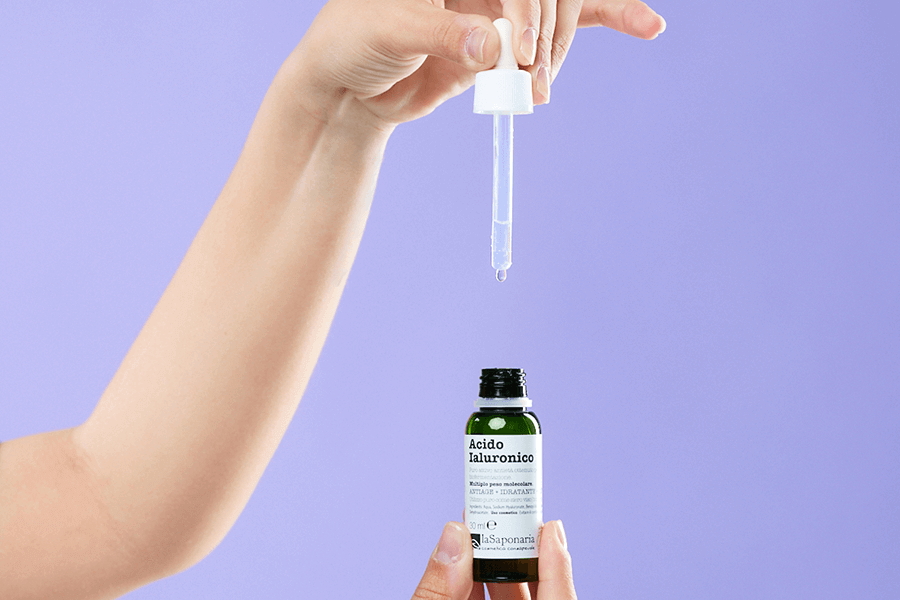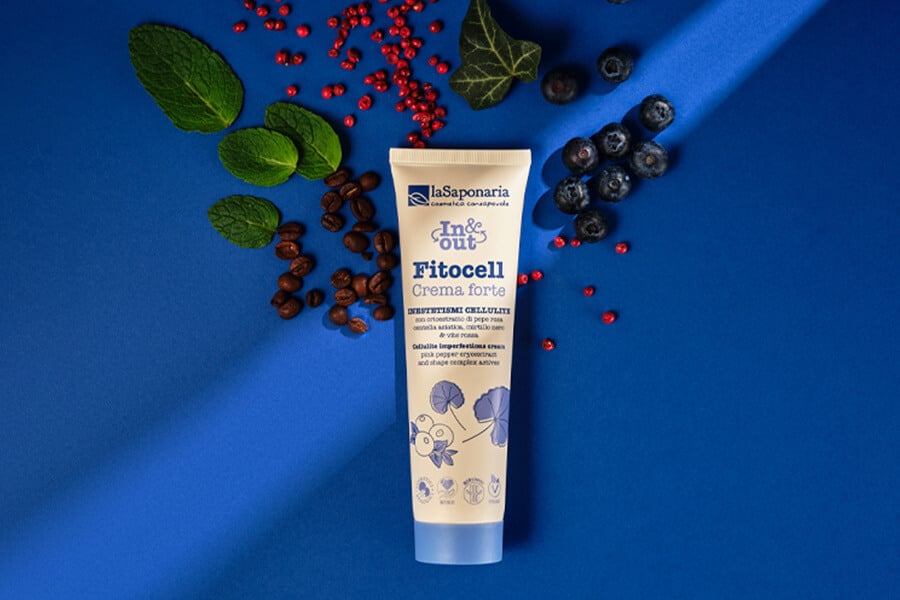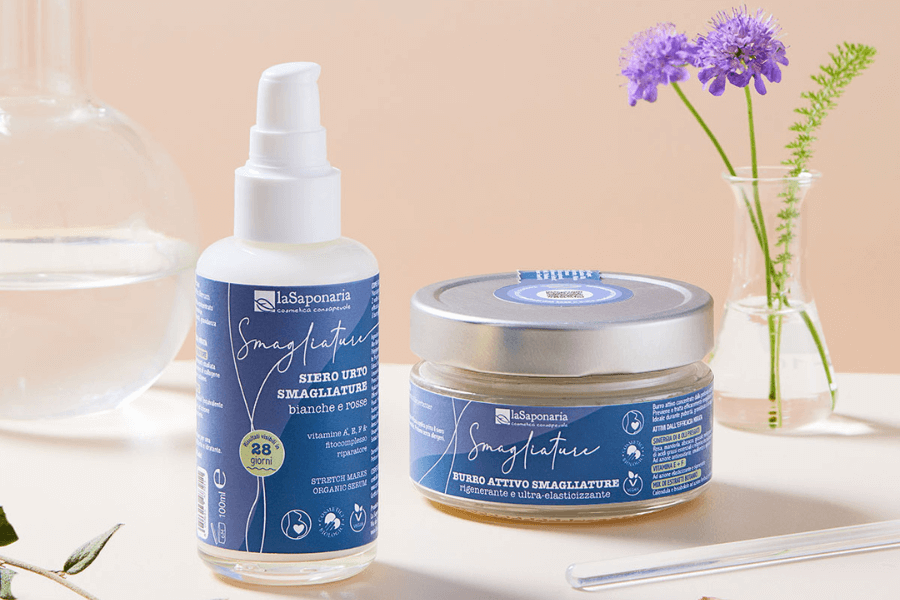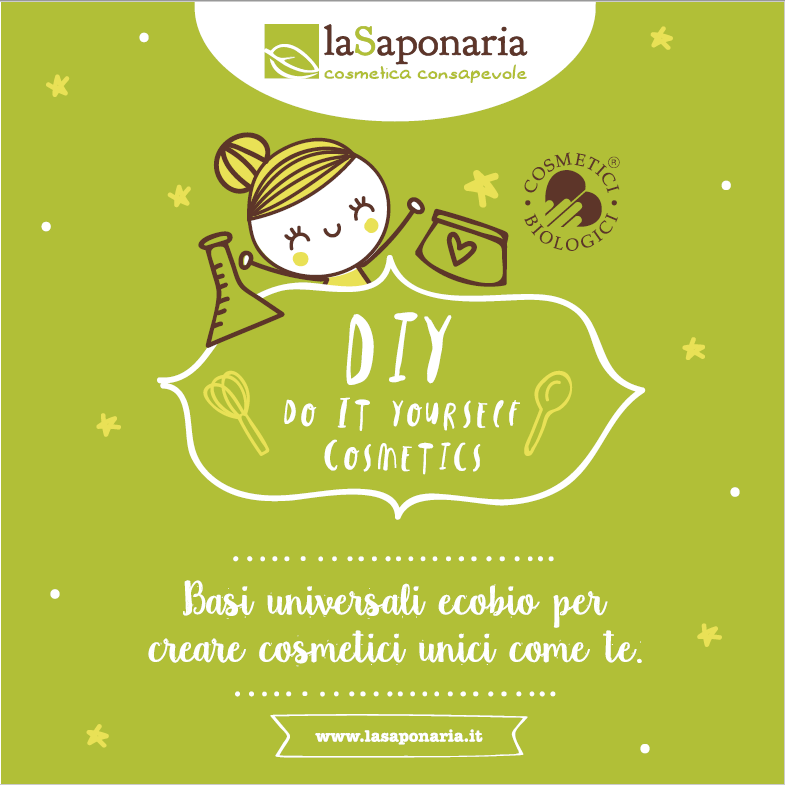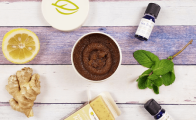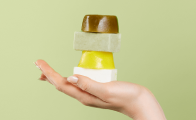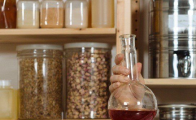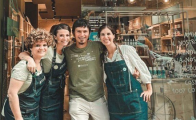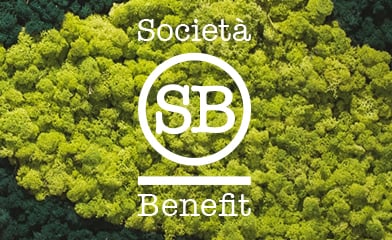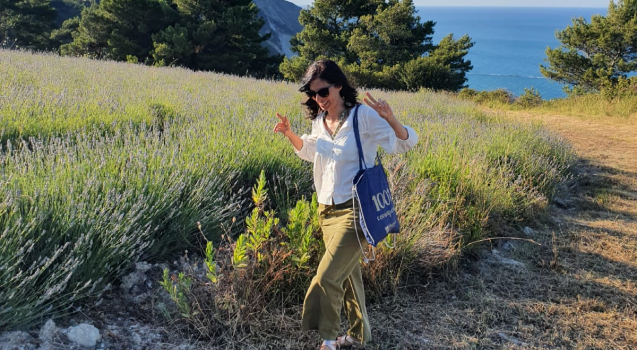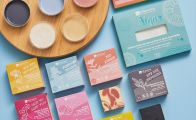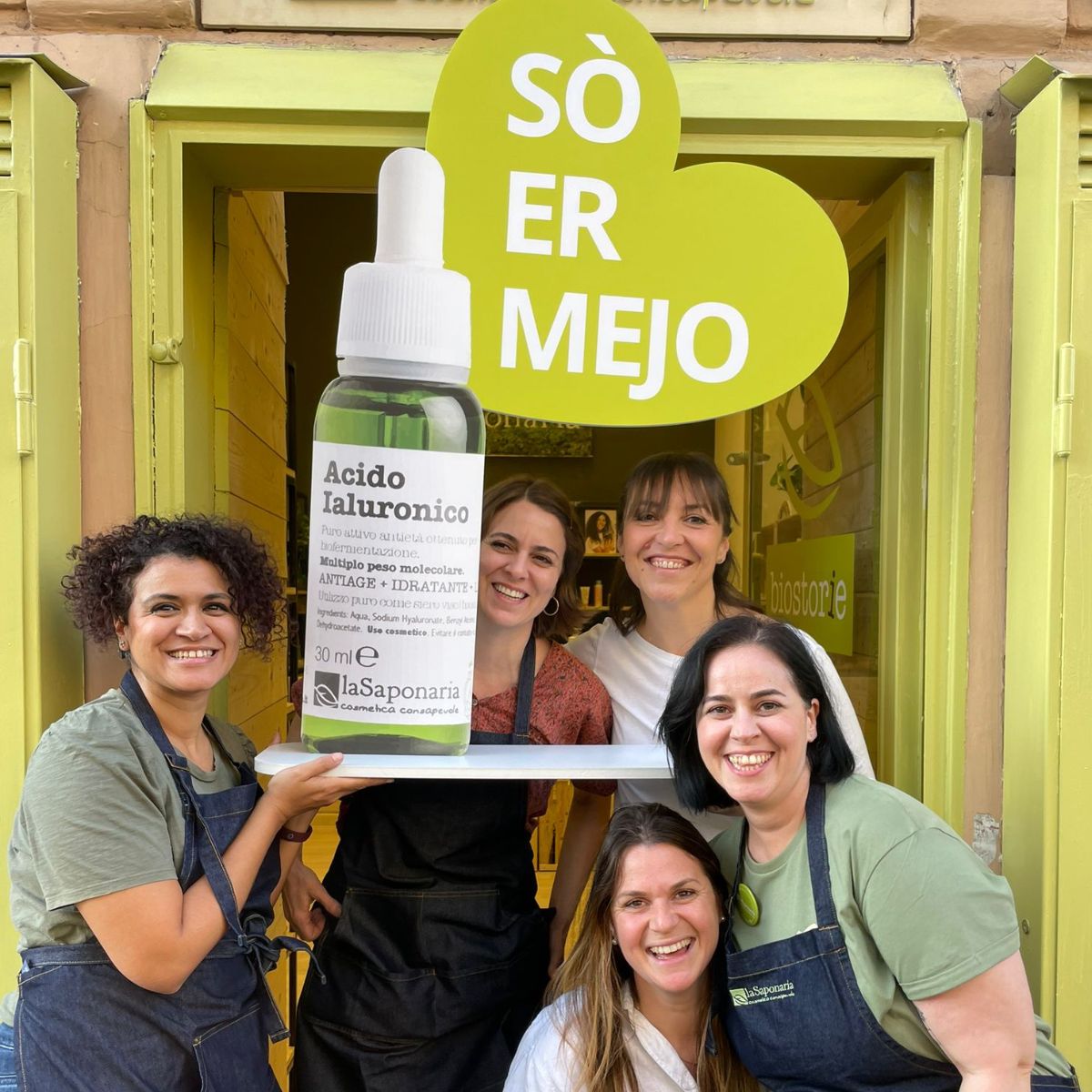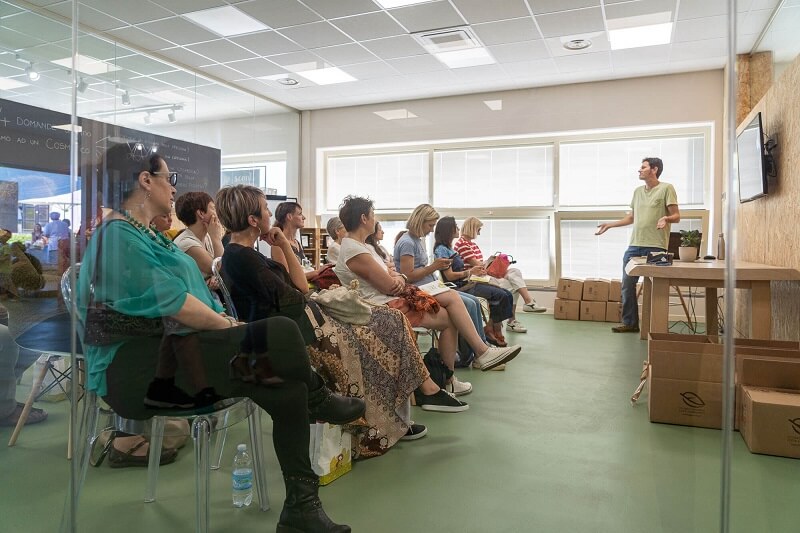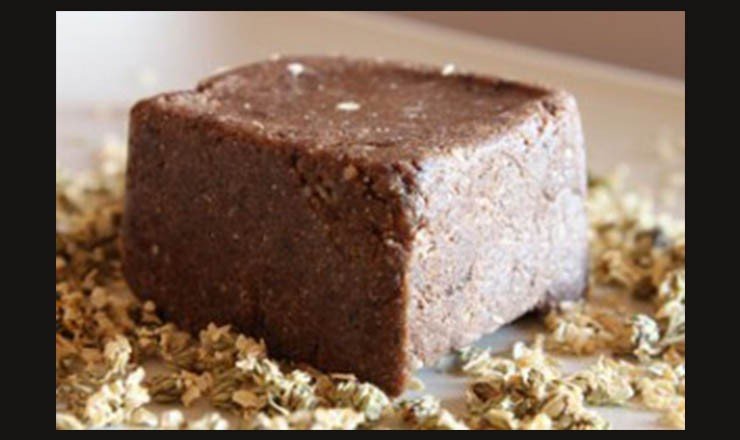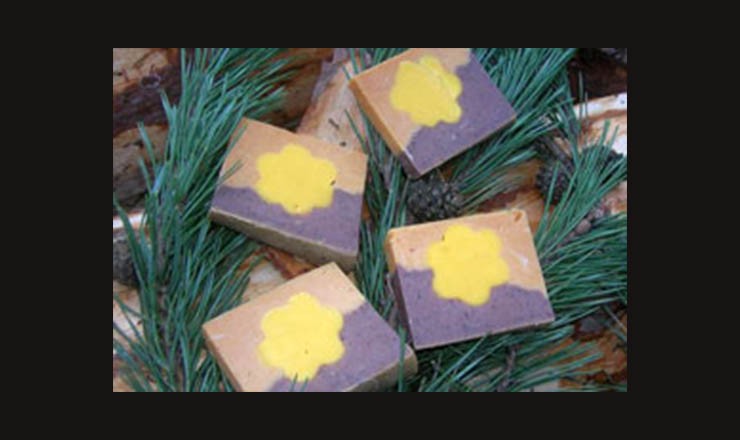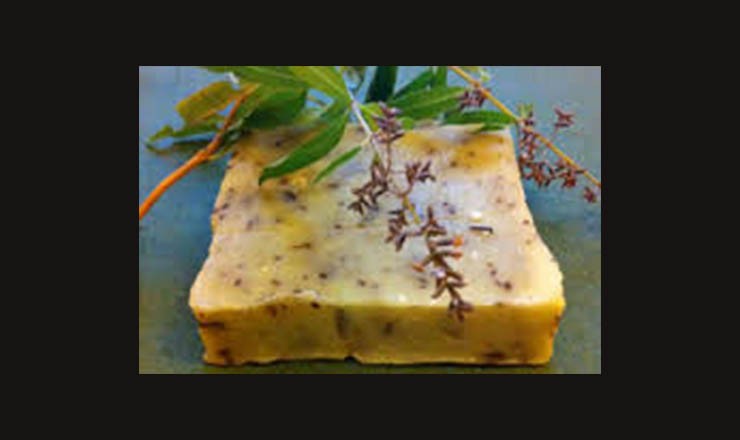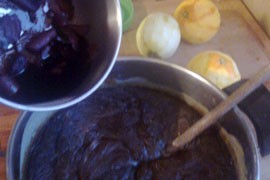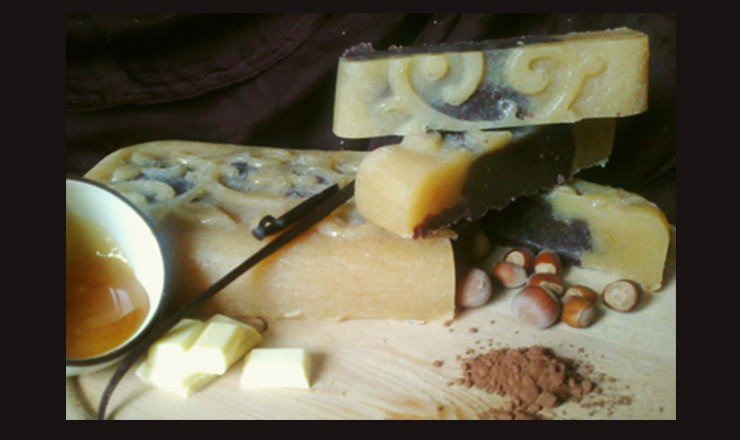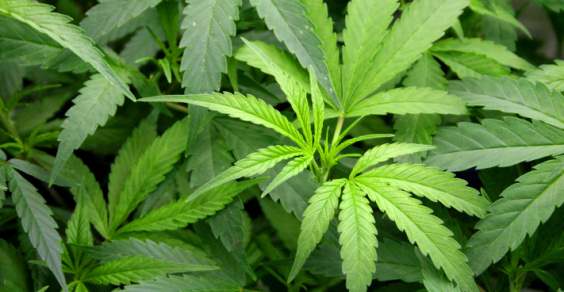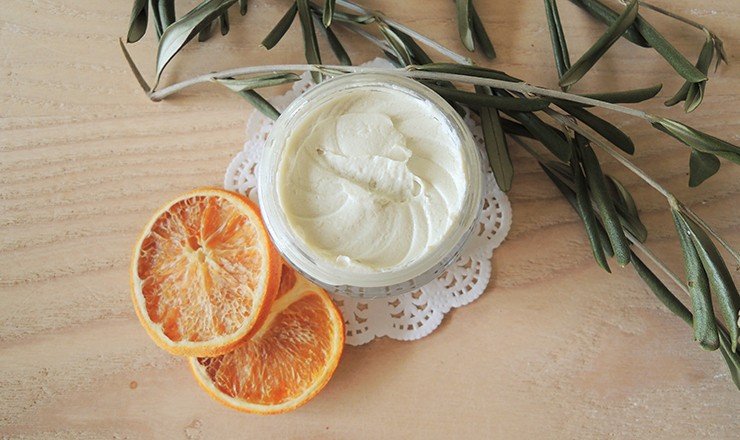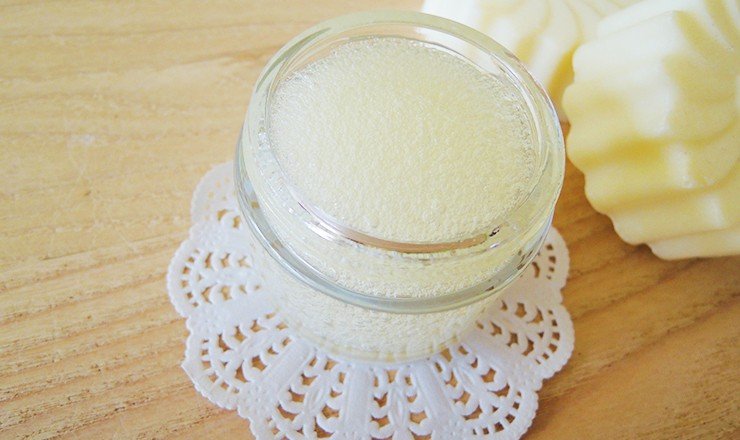Ingredients: Cocoa
Recipe submitted for the "Saponi e buoi dei paesi tuoi" self-production contest. Why does it represent the proverb "Saponi e buoi dei paesi tuoi" (Soaps and oxen from your own country)? When asked about my hometown, I was taken aback.
Then I thought that we are what we eat, and immediately, Pizzocheri and Papina came to my mind, two dishes linked to my childhood (I believe I tasted the former when I was just a few months old). When I hear them mentioned, I feel a sense of belonging to these Lombard places... The flour I used for the soap dough is the same one used to make the famous Valtellina Pizzoccheri, made from buckwheat. The Valtellina has adopted me since I was a few months old, and I spent all my summer and winter vacations there until I was 20 (nowadays, I only return for special occasions or in the summer when Milan is way too hot!). Then there's Papina, the traditional cake of Brianza tradition, which my mom often cooked (and still does, I believe). But not just my mom: in fact, a vegan version, super energizing but light (and also sugar-free), came to life in my kitchen a few days ago... And that's how it all comes together. The cocoa is a clear reference to the cake, just like the dates and prunes that replace the raisins, which I don't like (besides, they are my favorite fruits: prunes in the summer and dates during this season – even now as I write :)). To give it the shape of a "cake slice," I put the dough in a small plastic container with a cubic shape: at local fairs, Papina is cut and served in little cubes. I placed the resulting soap dough on a bed of Erba Livia: the same fields where, as a child, I used to lie down to catch my breath after running around (it's a type of grass that grows in the high mountains). I can almost smell it... In fact, as I take photos, I can! It somewhat resembles the scent of sage and lavender. Erba Livia is a typical herb from the valley, used as an infusion to soothe the stomach. I suggest putting it in the container along with the soap dough to relax the senses before the shower.
Why does it represent the proverb "Saponi e buoi dei paesi tuoi"? Resia is a valley located in the easternmost corner of Friuli, nestled between Austria and Slovenia. It is home to a unique population in terms of language and culture, expressed through music, dances, traditions, and truly special folk festivals! In our language (Resian), "Val Resia" means Valley of Flowers. The valley is indeed an explosion of colors and scents from over 1200 plants (species and subspecies) found in the area, some of which are endemic.
To represent it, I chose a combination of colors and ingredients:
Brown to celebrate the land: rich and generous.
The central yellow flower to symbolize some of these flowers: St. John's wort, arnica, primroses, dandelion, goldenrod, calendula...
Honey, castor wax, lavender, and almonds: precious gifts from my beloved land.
This soap is inspired by the scent that invades our garden every summer, that of lemon beerbrush! At home we have always used lemon beerbrush in the kitchen, to make excellent herbal teas and a fantastic digestive liqueur .. And I thought: why not experiment with it in soap too? !! I then made this recipe with the hot method, using both the lemon beerbrush infusion and the leaves in the dough to create a light exfoliating effect. (this year, incredible but true, the lemon beerbrush is still in bloom in November !!)
Jam like marmelade, like a mix of cultures that meet and mix. This soap is dedicated to a dear friend of mine who lives in Ammam (Jordan) who this summer brought me a wonderful extract of a local incense, of myrrh if I remember correctly. An extract with a magical, intense and enchanting scent. It is a resin obtained from the incisions on the trunk of the plant, from which a sort of latex begins to exude. This extract is obtained with antiseptic and antibacterial properties. To this exotic ingredient I added something from my home, our olive oil that we produce every year here in the Tuscan hills. An excellent oil (even in the kitchen) that makes this soap very delicate and emollient!
ace represented by the soap: Trento and the tradition of Vin Brulé (Mulled Wine) consumed in the streets.
Why does it represent the proverb "Saponi e buoi dei paesi tuoi"? Vin Brulé is a sweetened wine cooked with orange and lemon zest, cinnamon, cloves, and a pinch of nutmeg. It's delicious, but above all, it's THE winter drink of Trento! In the city center, at every corner, there's a stall selling it in small cups that warm your hands. Its aroma fills Piazza Fiera, which during the winter is adorned with Christmas markets, and it's a must-have during the holiday season in the villages. If in the summer, after work, people meet in the square for a "Spritz," in the winter, they gather for a Brulè at the Christmas market! It may seem a bit too warm and too spicy to be an aperitif, but it's incredibly tasty and is said to work wonders against colds. So, if you have a sore throat or a stuffy nose, instead of recommending aspirin, they'll tell you to "have a Brulè!" which, with cinnamon and the essential oils of lemon and orange, is truly a remedy. And the beautiful thing is that you can drink it in the street. Despite the early darkness, the snow, and the fact that Trentini are known for their reserve, by the time the shops close, the streets are bustling! Okay, it's true that by nine o'clock, there's no one left... but hey, we're still in Trento, and you can't expect too much when it's minus ten degrees outside! In Trento, Brulè is made with red wine, and there are as many recipes as there are pots it's cooked in, but the base is always the same: citrus fruits and spices. A scent that immediately brings Christmas to mind and warms not only the stomach but also the heart.
When I was little my mother sent me to collect hazelnuts under the trees in the lawn of my house, because being a child I slipped well under the branches ... alone I was bored, but if there was someone with me (my younger sister or my father, often) it became a challenge to whoever collected more hazelnuts, and it was immediately much more fun!
I wanted a soap with hazelnuts, precisely those from my parents' house, which I now collect together with my partner when we go to lunch on Sunday (also because in the meantime 25 years have passed, and my poor mother certainly can't get herself down in all fours under the hazelnuts!) and I wanted it to taste like chocolate too, because chocolate with hazelnuts has always been my father's weakness. And I also wanted it to taste a little like honey, because as a child I loved when Maurizio who has bees brought us the honeycombs with honey, and we had to put everything in our mouth and then spit out the wax (with which I then played as with the modeling clay!).
And so, thinking about the things in my home, when I was little, I created a very sweet soap, which smells of good things!

